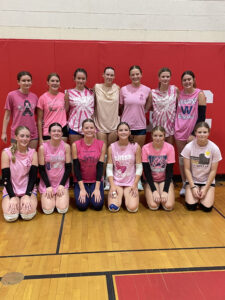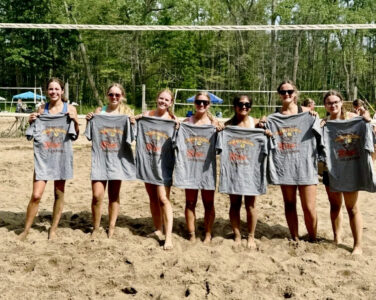Getting the most out of your top water
Top waters are one of my favorite lures, especially when a big fish engulfs it and I get to see the surface action. But they only work as well as you work them, and there is a bit of a learning curve if you have trouble landing trophies with a top water standby for some tips that might help you change that.
I see a lot of questions about using topwater lures, especially from anglers who claim they never work for them. Granted, no lure is going to work 100% of the time, but the problem is usually the angler and not the lure. If you have trouble hooking up on top, look at these areas:
What length is your rod? Most top waters react best if you keep your rod tip close to the water, and I usually use a 7-7 1/2′ rod for the ideal action. I know some anglers who will downsize to a 6 1/2′ length when in a kayak, but I use an elevated seat instead. Either way, I prefer a medium action with a fast tip.
When are you setting the hook? One of the thrills of topwater lures is seeing the strike, maybe even a jump, but this is also the downfall of many anglers. If you are missing hook-ups, pay attention to when you are setting the hook. If you do so when you see the strike, or even during the jump, it may be too soon and cause you to pull the lure away from the fish. Wait until you feel some weight, meaning the fish has closed its mouth and taken hold of the lure, before setting the hook.
Speaking of hooks, do you use the original trebles or have you switched to singles? I first started using single hooks on many of my lures when fishing saltwater. At the time, it wasn’t about increasing catch rates, but about making it easier to remove nuisance species, such as sharks and rays. However, it wasn’t long before I realized the other benefits of doing so, including having more fish in the boat. The single hook, without a doubt, provided a better, more secure hook-up and certainly decreases the fish’s ability to throw the hook even when jumping.
How are you securing the lures to your line? Let me tell you what I use and what I believe works better than anything else: a monofilament leader tied directly to the lure. For heavy action, I use a loop knot for frogs, chuggers, and other similar applications. I use a cinch note. Let me explain why: swivels, split rings, or snaps add extra weight to the front and impact the action. Monofilament floats further, reducing interference with action. The cinch knot allows lures to move more freely. Try it, see if it doesn’t help.
What color are your lures? I admit I have some pretty fancy lures with mirror-like finishes, colors that change from different angles, and eyes that look better than the real thing. They have a time and a place, but it is usually not when on top of the water. Fish only see the bottom of your lure, or a tiny bit of the side, as they attack from below. The best color for this is usually white because most of their natural prey have white bellies. For this reason, most of my top waters are one of two colors, either white or black.




